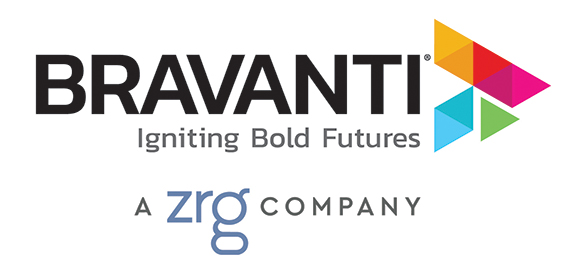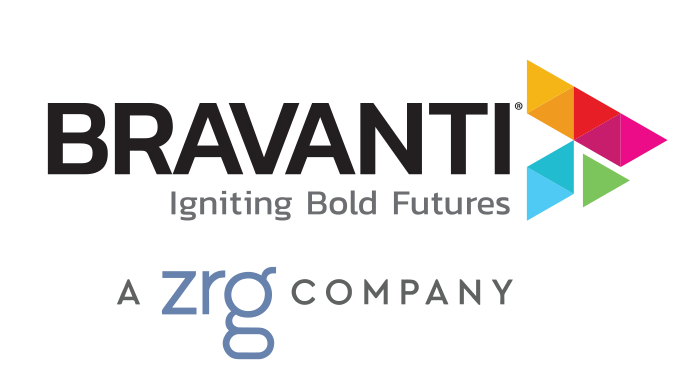By Bravanti
As an HR leader, you have your finger on the pulse of all aspects of your organization – and a critical role to play in developing the business strategy. From helping diagnose how well the organization is aligned for effectiveness, to securing the tools and competencies needed for successful organizational change, these are the top five ways HR can shape the business strategy:
1. Set a solid foundation of vision and values.
Leaders can sometimes focus so much on strategic planning and day-to-day operations that they lose sight of the core of the organization – the vision and values. As organization and talent experts, HR must keep leaders grounded in the vision of the organization’s purpose, and the values that drive people’s motivations and behaviors.
Keeping leaders centered around the vision and values during strategic planning discussions will ensure the organization stays focused on what’s most important, and allow leaders to reflect on their personal connection to the mission. This perspective will also help the leadership team to take a step back and refine the organization’s vision and values if these need to evolve to reflect current business realities.
HR leaders also play a powerful role in bringing the vision and values to life in the organization, by modeling them in their own and their team’s behavior. This can be especially helpful during the change that a new strategy creates.
2. Focus on culture.
Even the best laid strategic plans can be derailed by a dysfunctional organizational culture. As the only function with an organization-wide view on employees’ performance and effectiveness, HR is ideally positioned to understand and drive conversation about how the culture may need to evolve to support the strategy.
The most successful HR leaders demystify culture by helping leaders and employees alike to articulate the desired way of working in specific, relatable examples and behaviors. They also understand and anticipate how organizational levers like communication, leadership development, role design, and performance management strategies can be used to effect change.
3. Articulate the people strategy.
While the organization’s financial goals are often front and center in a top-level strategy, people and talent priorities are equally important in most organizations. These goals may include attracting and retaining top talent, developing new core capabilities, or enhancing diversity and inclusion.
HR should ensure these talent and people factors are fully addressed in the organizational strategy. While the broad talent needs of the organizational strategy are owned by business leaders and managers, HR professionals can establish the specific people requirements and ensure the organization is set up to successfully execute on those requirements. HR also has useful analytics and knowledge about the current and future talent strengths, weaknesses, opportunities and threats, and can bring these insights to early stages of strategic discussions.
4. Build comprehensive plans that connect the dots.
While establishing the overall strategic objectives of the organization is critical, so is developing the cross-functional plans that will support execution of that strategy. HR is a key leader in aligning organizational levers like structure and roles, processes, technology, measures and rewards, and communication. When organizations fail in launching a new strategy, it is often because they don’t have practical, tactical implementation plans for the changes that must be made to align the organization to the new strategy.
HR is an important partner in determining what aspects of the organization will need to be addressed, who will be impacted and how, and what actions will be required to ensure success. HR can bring the comprehensive perspective needed to think through the risks, opportunities, and interdependencies of the strategic plan.
5. Keep employees engaged around the strategy and any changes ahead.
Getting people engaged early on in development and execution is what moves a strategy from mere words on paper to a blueprint for sustainable success. HR plays a key role in building this commitment.
With unique access to the opinions of employees across levels, business units, functions, and geographies, HR can help solicit employee feedback and ideas about what the strategy should be and how it should be implemented. HR can also help leaders and employees to truly understand what the strategy means for them, and what they are expected to do to support it in their role or team.
If there are major organizational changes ahead – such as a restructuring or a new technology implementation – HR also can help act as a “change architect,” creating and executing strategies and plans necessary to lead and communicate the change.

